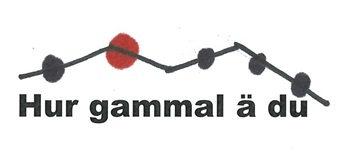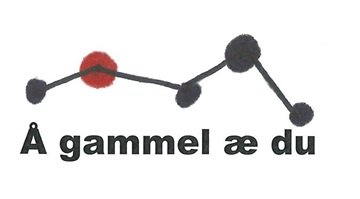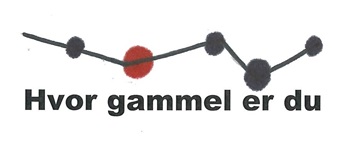Listen and imitate!
|
a. Swedish |
Hur gammal är du? |
 |
|
|
b. Norwegian |
Hvor gammel er du? |
 |
|
|
c. Danish |
Hvor gammel er du? |
 |
|
a.
b.
c.
Some hints how to sound more Swedish/Norwegian/Danish:
- Central Swedish: There is one main stress in this question, on gammal. GAM- is a rise-fall, so step up from hur to a higher tone on GAM- then let it fall a little before -mal. -mal has a new rise-fall tone.
The last part of the utterance is a staircase with two stairs: a lower tone on ä and very low and creaky tone on du. - Norwegian: There are two stresses in this question, on GAM-(mel) and Æ. The biggest stress is on Æ.
Start in a middle tone on å, a high tone on GAM-, stepping down one step on -mel, stepping up to a very high tone on Æ and end low and without energy on du. - Danish: There are two stresses in this question, on GAM- and on ER. They are equally strong and spoken with the same tone. The two stressed syllables are spoken in a lower tone, like in Copenhagen Danish.
Start in a middle tone on hvor, step down on GAM- and step up one tone on
-mel. Repeat on ER du: step down one tone on ER and up one tone on du = middle tone.
How old are you? – Answers
You have just started a conversation with some native Scandinavian speakers. You ask them how old they are. Do you understand the answers?
- In what way are their way of saying numbers similar or different to your own mother tongue?
- How old are your new acquaintances?
a. Scania Swedish speaker (Male 2) is __________ years old.
Central Swedish speaker (Female 2) is __________ years old.
b. Southeast Norwegian speaker (Male1) is __________ years old.
Southeast Norwegian speaker (Female 1) is __________ years old.
c. Copenhagen Danish speaker (Male 2) is __________ years old.
Copenhagen Danish speaker (Male 1) is __________ years old.